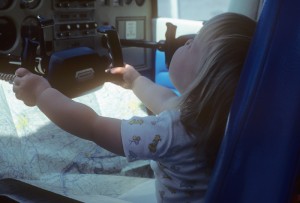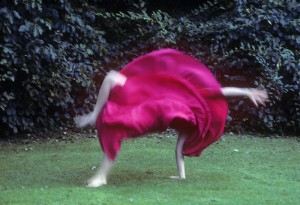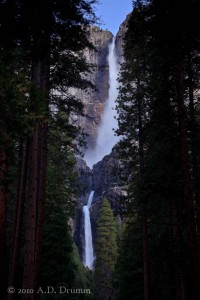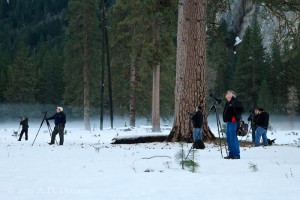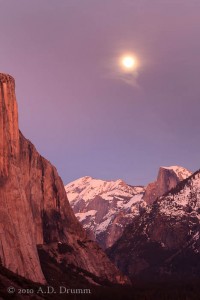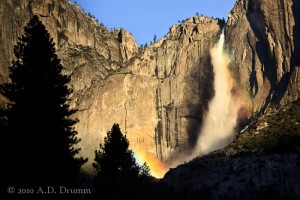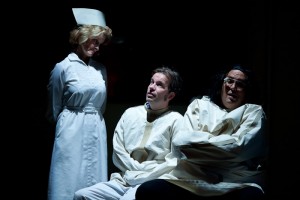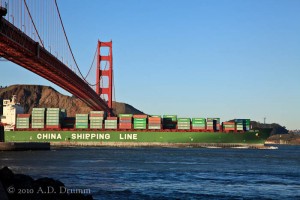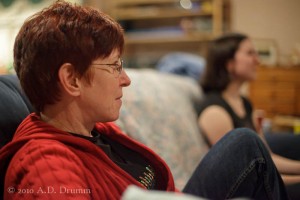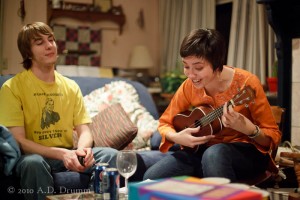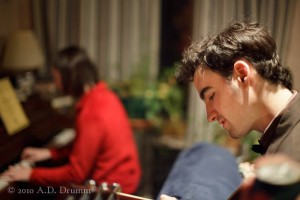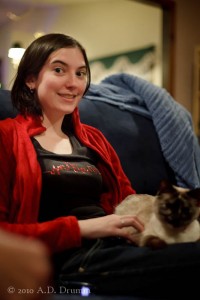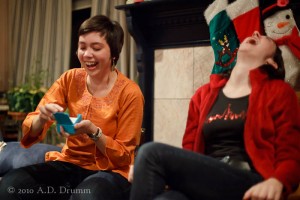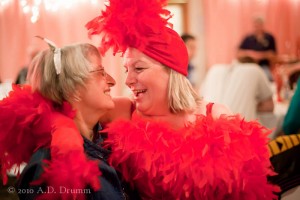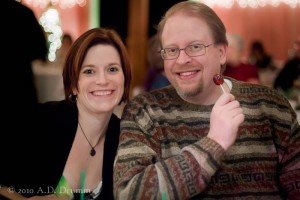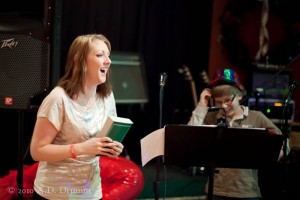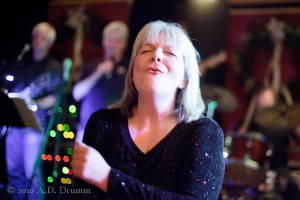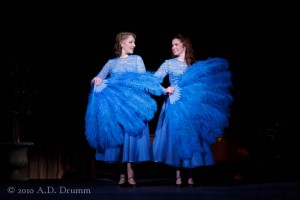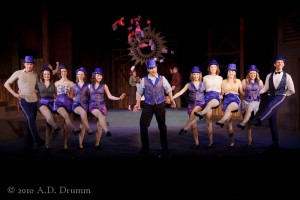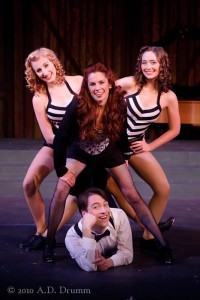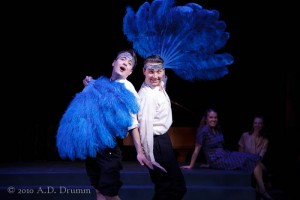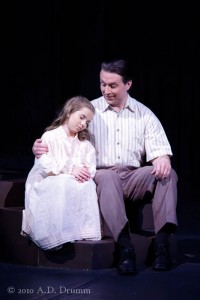We’ve been working through our old slides doing the editing we should have done years ago and sending the keepers off to be scanned. One set has been sent, scanned, and returned. Many more yellow boxes remain. As much as I like to think I have an eye for photography, I know Lynne has one, too. I’ve studied photography for many years and continue to do so, but Lynne’s ability is innate. I’m in the shot above, one Lynne took as we raised the mast of a friend’s sailboat some time in the early 1980s. The composition was totally spontaneous – it just was there for the taking. But Lynne managed to see it, frame it, and take it. It’s one of my favorites of all her shots. And it’s fun to revisit these photos and the memories that surround them.
I see other shots that remind me of the other interests and activities that I’ve pursued. Who I was and who I am. Flying was something I loved and shared with my family. So taking a set-up shot like this was bound to happen some time, with my daughter pretending to be pilot. I thought having the sectional chart laid out in her lap added a nice touch.
I also look back at some of my favorite shots and evaluate my photography skills. I’ve grown – a lot – since then. But, I’m happy to see shots I still consider pretty good. Given the equipment of the time, my budget, and so on, I think I did okay. I’ve always loved catching people in the moment, just enjoying life. Unaware or at least ignoring the camera. Posed shots can be great, but there’s something special about finding and shooting these moments.
Our children make terrific subjects. Kids, especially young children, don’t really care about cameras. Don’t care about a lot of things. We can catch them just being themselves, and these shots make fantastic memories. Sigh – my little girl just celebrated her 30th birthday. If you have young children, don’t let this time slip away without a few photos. Digging through them has been a great experience.
Then, I find shots like this and remember what I did with it back in the day. Having a color darkroom was fun, but it was also a great learning experience. I learned about primary and complementary colors, about dodging and burning, about how one could take the image from a camera and make it into something entirely different.
What we think of as photoshopping an image, you see, is not something new. It’s easier today, and we have Ctrl-Z to undo, but there was a ton of artistic license available for those who sought it out before there were personal computers or digital imaging. When I found the cartwheel image, I remembered what I had done in the darkroom. The color and motion struck me, so I built a composite image like you see here.
I don’t know what became of that print, so I’ve duplicated it here using Photoshop. I’m not all that certain that what I did in Photoshop was entirely easier than what I did for my Cibachrome print. But, I could see what I was doing which wasn’t the case printing on photo paper. And I didn’t have to wait for the processing – which took place inside a drum (no darkroom lights allowed when doing color). The end result was not much different than you see here, though.
I like that. I like not only knowing this was possible back then but knowing I did it. I won a first place award at a local photography contest for a print I made using compositing techniques. Not all photography-based art happens in the camera. It’s true today, and it was true 30 years ago. I suspect, it was true since the dawn of photography. And that’s not just okay, it’s terrific. Art unbounded.

